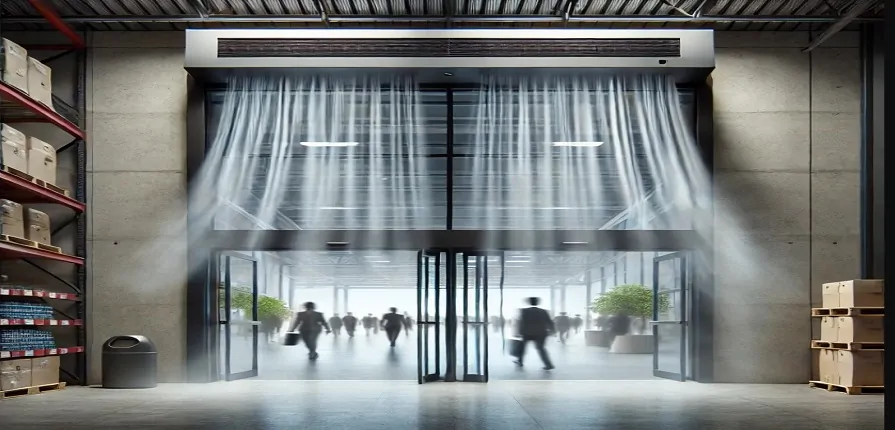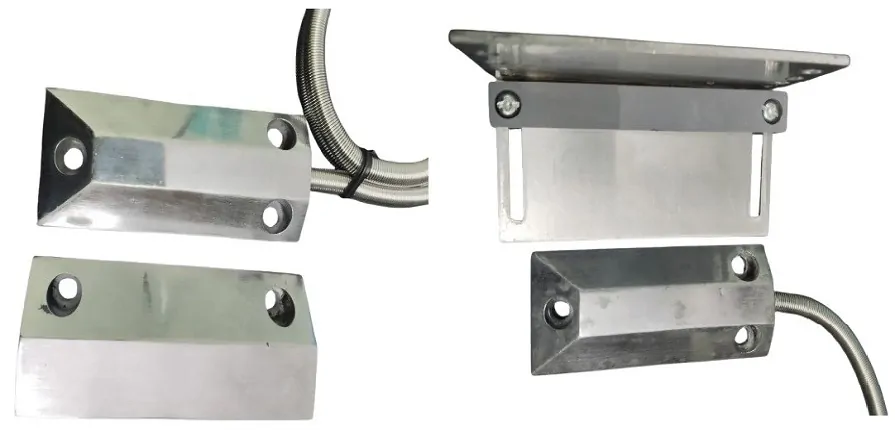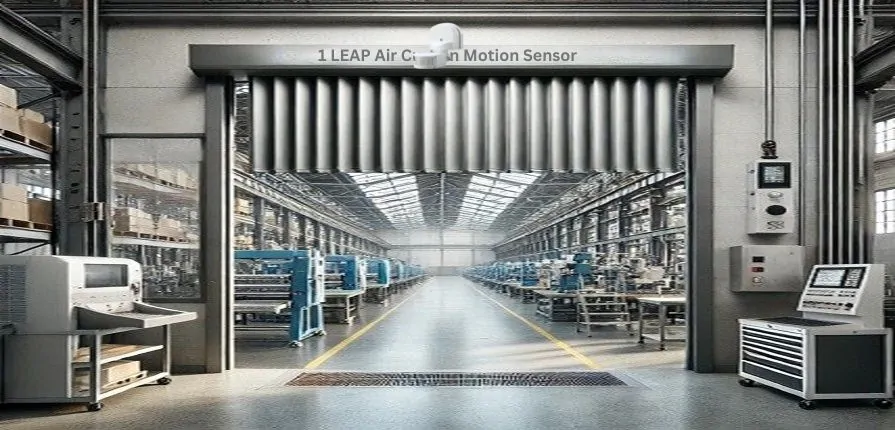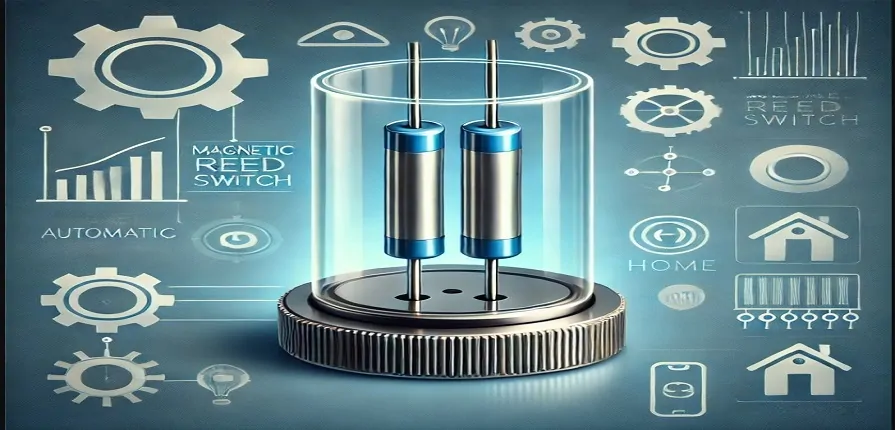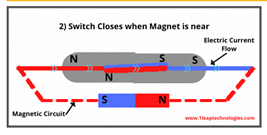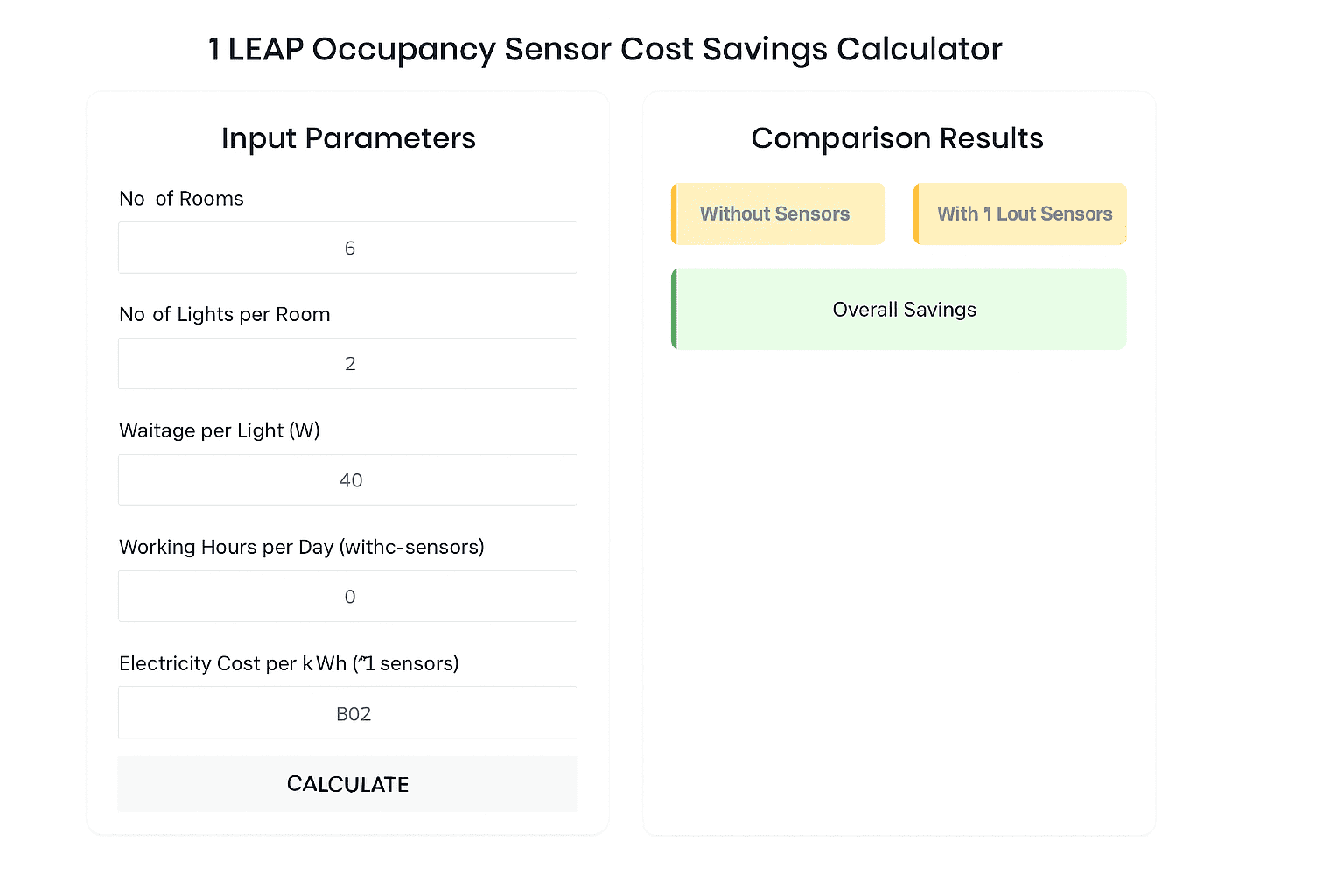Understanding Air Curtain Sensors: Enhancing Efficiency and Comfort
In commercial and industrial spaces, energy efficiency and climate control are top priorities. Air curtain sensor play a key role in achieving these goals by regulating air exchange, temperature, and dust infiltration between two areas. In this article, we explore the importance of air curtain sensors, their benefits, and how they enhance performance.
What Are Air Curtain Sensors?
Air curtain sensors are specialized devices designed to detect factors like motion, temperature, and environmental changes to optimize the operation of air curtains.
- Motion Sensors: Trigger the air curtain when movement is detected near entry points, ensuring an immediate response to foot traffic.
- Temperature Sensors: Monitor temperature differences between the indoor and outdoor environment and activate the air curtain to maintain consistent climate control.
- Air Curtain Door Sensors: Detect when a door opens or closes, triggering the air curtain to create a barrier between the two spaces. These sensors help to prevent air leakage and maintain energy efficiency by ensuring the air curtain operates only when necessary.
- Advanced Models: Combine motion, temperature, and door sensors for a highly adaptable and efficient solution across various environments.
These sensors ensure that air curtains operate only when necessary—such as when a door opens—creating an invisible barrier that prevents outdoor air, insects, and pollutants from entering while reducing energy consumption and maintaining comfort.
Key Benefits of Air Curtain Sensors
Enhanced Energy Efficiency
- Optimized operation: Air curtain sensors activate only when needed, unlike traditional air curtains that run continuously, thus reducing unnecessary energy use.
- Cost savings: Studies show that motion-activated air curtains can reduce energy consumption by up to 30%, making them a smart, cost-effective solution for businesses.
2.Improved Indoor Air Quality
- Prevent contaminants: Sensors help reduce the entry of dust, pollutants, and allergens by responding to external factors like motion or temperature changes.
- Ideal for specific environments: This is particularly valuable in spaces where air quality is critical, such as hospitals, restaurants, and retail stores.
3.Increased Convenience
- Automation: The sensor-controlled system ensures seamless performance without the need for manual intervention.
- Extended lifespan: By reducing constant operation, sensors decrease wear and tear, thereby extending the lifespan of the air curtain.
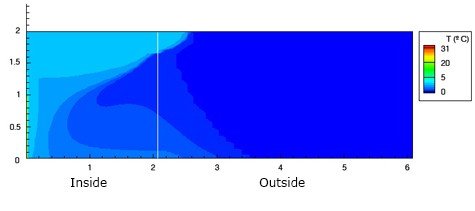
Situation without air curtain
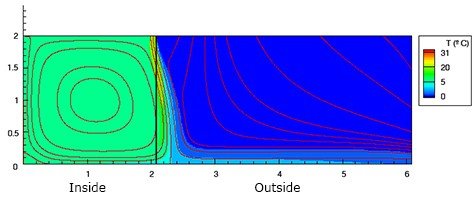
Situation without air curtain
Understanding Air Curtain Sensors: Enhancing Efficiency and Comfort
In commercial and industrial spaces, energy efficiency and climate control are top priorities. Air curtain sensor play a key role in achieving these goals by regulating air exchange, temperature, and dust infiltration between two areas. In this article, we explore the importance of air curtain sensors, their benefits, and how they enhance performance.
How Air Curtain Sensors Work
Air curtain sensors function based on their specific type:
- Motion Sensors: Detect movement near entry points and activate the air curtain when someone approaches.
- Temperature Sensors: Monitor temperature differences between the indoor and outdoor environment. When a significant fluctuation occurs, the sensor triggers the air curtain to maintain a stable indoor climate.
Dual Functionality:
- Advanced systems combine both motion and temperature sensors to deliver optimal performance. These sensors activate the air curtain based on movement while adjusting airflow intensity according to temperature variations. This ensures a precise, energy-efficient response to changing conditions.
Applications of Air Curtain Sensors
Air curtain sensors are widely used across various industries, where they provide crucial benefits:
- Retail Spaces:
- Block cold drafts and conserve energy.
- Enhance the shopping experience by maintaining a comfortable indoor environment.
- Industrial Facilities:
- Maintain strict cleanliness and temperature control, ensuring optimal production quality.
- Healthcare Facilities:
- Improve air quality and reduce the risk of contamination, protecting both patients and staff.
- Restaurants and Food Storage Areas:
- Prevent the entry of insects and pollutants, maintaining hygiene and safety.
Conclusion
Air curtain sensor are essential for modern energy-saving and climate control solutions. By automating air curtain operation, they provide improved efficiency, comfort, and air quality. For optimal performance, consider 1 LEAP Air Curtain Sensors, known for their advanced features and reliability, making them an invaluable investment for any space.

